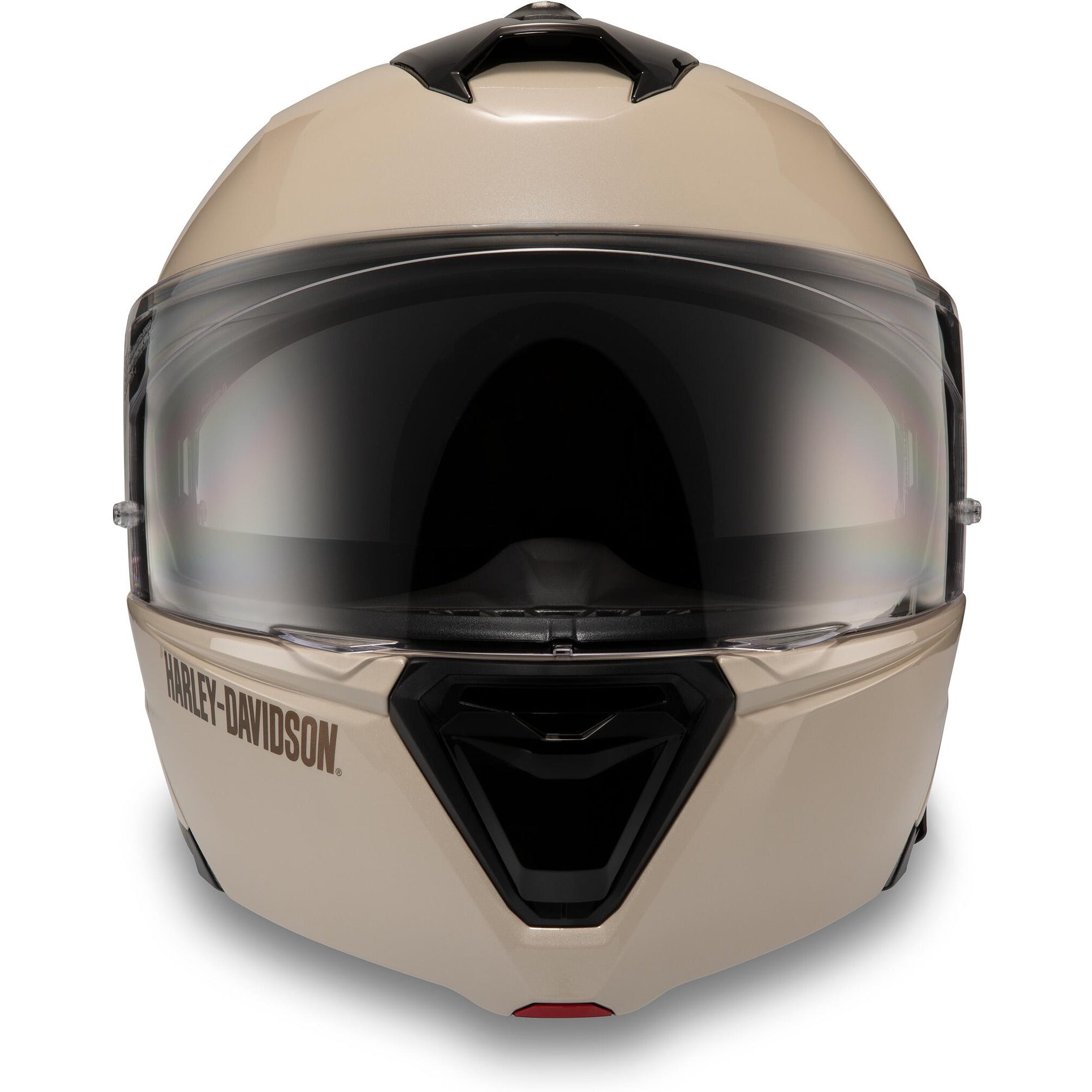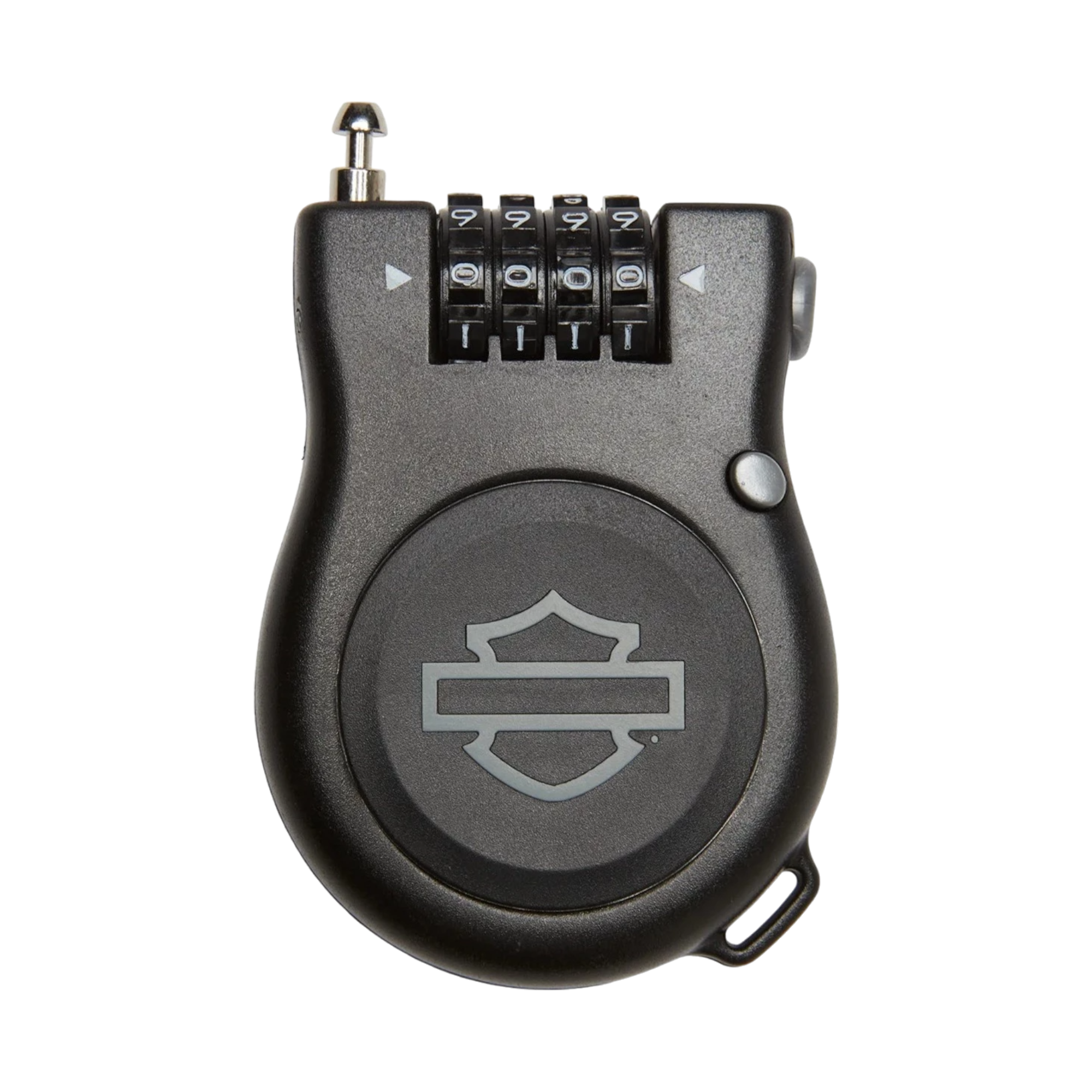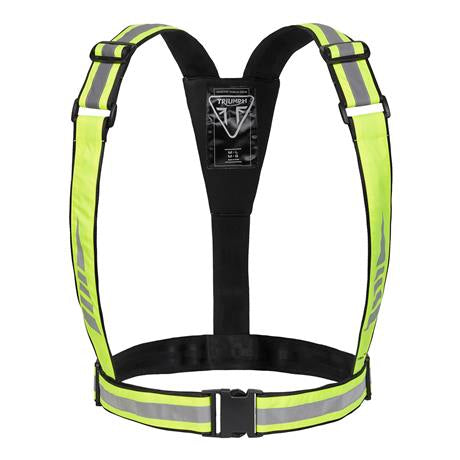Motorcycle Armor: Essential Protection for Rider Safety
- Importance of motorcycle armor in preventing injuries during accidents.
- Types of motorcycle armor: helmets, jackets, pants, gloves, boots.
- Effectiveness of motorcycle armor in reducing injury severity.
- Types of injuries prevented by motorcycle armor: head, road rash, broken bones.
- Factors to consider when choosing motorcycle armor: fit, impact absorption, abrasion resistance, certification.
- Maintenance and proper use of motorcycle armor: cleaning, inspection, storage, following usage instructions.
Motorcycle Armor: A Vital Investment for Rider Safety
Introduction
Motorcycle riding, while exhilarating and liberating, carries inherent risks. These risks are amplified by the exposed nature of motorcyclists, making them more vulnerable to severe injuries in accidents. This article delves into the importance and effectiveness of motorcycle armor in preventing or minimizing injuries during motorcycle accidents. We will explore the types of motorcycle armor available, their effectiveness, and factors to consider when selecting and maintaining protective gear.
The Need for Motorcycle Armor
According to the National Highway Traffic Safety Administration (NHTSA), in 2020, motorcyclists were 28 times more likely to die in a crash than passenger vehicle occupants. This staggering statistic highlights the urgent need for effective safety measures for motorcyclists.
Types of Motorcycle Armor
Motorcycle armor comprises various protective gear designed to shield riders from injuries. Essential components include:
Helmets: Helmets protect the rider's head, the most vulnerable body part, from severe injuries. They are designed to absorb impact, dissipate energy, and prevent penetration.
-
Jackets and Pants: Motorcycle jackets and pants are made from abrasion-resistant materials and feature impact-absorbing padding to protect the rider's torso and limbs. Some jackets also incorporate back protectors for additional spine protection.

Title: HARLEY-DAVIDSON® CAPSTONE SUN SHIELD II H31 MODULAR HELMET-GREEN (IRIDESCENCE)
Price: £247.33
SHOP NOW Gloves: Motorcycle gloves protect the rider's hands from road rash, a painful and often permanent skin condition caused by sliding across the pavement. They also provide grip and dexterity for controlling the motorcycle.
Boots: Sturdy and protective motorcycle boots safeguard the rider's feet and ankles from injury. They are designed to provide support, impact absorption, and protection against crushing and twisting forces.
Effectiveness of Motorcycle Armor
Numerous studies and real-life experiences have demonstrated the effectiveness of motorcycle armor in reducing the severity of injuries in motorcycle accidents. A study published in the journal Accident Analysis & Prevention found that motorcyclists wearing helmets were 69% less likely to sustain a fatal head injury. Another study conducted by the Insurance Institute for Highway Safety (IIHS) revealed that riders wearing full-face helmets had a 37% lower risk of facial injuries compared to those wearing open-face helmets.
"Investing in quality motorcycle armor is not just a choice; it's a commitment to your own safety and well-being. Don't let a lack of proper protection compromise your riding experience. Make motorcycle armor a vital part of your riding gear, and reap the benefits of enhanced safety and peace of mind."
Title: TRIUMPH BRIGHT BRACE
Price: £35.00
SHOP NOW
Types of Injuries Prevented by Motorcycle Armor
Head Injuries: Helmets significantly reduce the risk of severe head injuries, including skull fractures, traumatic brain injury (TBI), and fatalities.
Road Rash: Motorcycle gear helps prevent road rash, a painful and often permanent skin condition caused by sliding across the pavement.
Broken Bones: Protective gear can absorb impact and minimize the risk of fractures in various body parts, including arms, legs, and ribs.
-
Internal Injuries: Certain types of motorcycle armor, such as back protectors and chest protectors, can help protect internal organs from blunt force trauma.

Title: HARLEY-DAVIDSON® CAPSTONE SUN SHIELD II H31 MODULAR HELMET-WHITE
Price: £247.33
SHOP NOW
Factors to Consider When Choosing Motorcycle Armor
Fit and Comfort: Proper fit and comfort are essential for ensuring maximum protection and preventing discomfort during rides. Motorcycle armor should fit snugly without restricting movement.
Impact Absorption: Look for motorcycle armor with impact-absorbing materials such as expanded polystyrene (EPS) or polyurethane foam. These materials help mitigate the force of a crash.
Abrasion Resistance: Abrasion-resistant materials like leather, Kevlar, or Dyneema are crucial for protecting against road rash and sliding injuries.
-
CE Certifications: CE certifications indicate that the protective gear meets specific European safety standards. These certifications ensure that the armor has been tested and meets certain performance criteria.

Title: HARLEY-DAVIDSON® RETRACTABLE CABLE LOCK
Price: £27.00
SHOP NOW
Maintenance and Proper Use of Motorcycle Armor
Regular Cleaning and Inspection: Regularly clean and inspect motorcycle armor to ensure its integrity and effectiveness. Dirt and debris can impair the protective properties of the gear.
Proper Storage: Store motorcycle armor in a cool, dry place away from direct sunlight to prevent damage and deterioration.
Follow Usage Instructions: Follow the manufacturer's instructions for proper use and maintenance of motorcycle armor. This includes wearing the gear correctly and replacing it when necessary.
Conclusion
Motorcycle armor is a vital investment for rider safety. It significantly reduces the risk and severity of injuries in motorcycle accidents. By choosing high-quality motorcycle armor that fits properly and meets safety standards, riders can enhance their chances of staying safe on the road.

Title: HARLEY-DAVIDSON® CAPSTONE SUN SHIELD II H31 MODULAR HELMET-BLUE/PURPLE
Price: £247.33
SHOP NOW
Avoid clustering them in the same section. Format all main titles as H2 and sub-titles as H3. The article should be at least 3000 words long. Use Markdown formatting, which should include a clickable title, bullet points (UL) or numbered lists (OL), etc.
Motorcycle Armor: A Vital Investment for Rider Safety
Introduction
Motorcycle riding, while exhilarating and liberating, carries inherent risks. These risks are amplified by the exposed nature of motorcyclists, making them more vulnerable to severe injuries in accidents. This article delves into the importance and effectiveness of motorcycle armor in preventing or minimizing injuries during motorcycle accidents. We will explore the types of motorcycle armor available, their effectiveness, and factors to consider when selecting and maintaining protective gear.
The Need for Motorcycle Armor
According to the National Highway Traffic Safety Administration (NHTSA), in 2020, motorcyclists were 28 times more likely to die in a crash than passenger vehicle occupants. This staggering statistic highlights the urgent need for effective safety measures for motorcyclists.
Types of Motorcycle Armor
Motorcycle armor comprises various protective gear designed to shield riders from injuries. Essential components include:
Helmets: Helmets protect the rider's head, the most vulnerable body part, from severe injuries. They are designed to absorb impact, dissipate energy, and prevent penetration.
Jackets and Pants: Motorcycle jackets and pants are made from abrasion-resistant materials and feature impact-absorbing padding to protect the rider's torso and limbs. Some jackets also incorporate back protectors for additional spine protection.
Gloves: Motorcycle gloves protect the rider's hands from road rash, a painful and often permanent skin condition caused by sliding across the pavement. They also provide grip and dexterity for controlling the motorcycle.
Boots: Sturdy and protective motorcycle boots safeguard the rider's feet and ankles from injury. They are designed to provide support, impact absorption, and protection against crushing and twisting forces.
Effectiveness of Motorcycle Armor
Numerous studies and real-life experiences have demonstrated the effectiveness of motorcycle armor in reducing the severity of injuries in motorcycle accidents. A study published in the journal Accident Analysis & Prevention found that motorcyclists wearing helmets were 69% less likely to sustain a fatal head injury. Another study conducted by the Insurance Institute for Highway Safety (IIHS) revealed that riders wearing full-face helmets had a 37% lower risk of facial injuries compared to those wearing open-face helmets.
Types of Injuries Prevented by Motorcycle Armor
Head Injuries: Helmets significantly reduce the risk of severe head injuries, including skull fractures, traumatic brain injury (TBI), and fatalities.
Road Rash: Motorcycle gear helps prevent road rash, a painful and often permanent skin condition caused by sliding across the pavement.
Broken Bones: Protective gear can absorb impact and minimize the risk of fractures in various body parts, including arms, legs, and ribs.
Internal Injuries: Certain types of motorcycle armor, such as back protectors and chest protectors, can help protect internal organs from blunt force trauma.
Factors to Consider When Choosing Motorcycle Armor
Fit and Comfort: Proper fit and comfort are essential for ensuring maximum protection and preventing discomfort during rides. Motorcycle armor should fit snugly without restricting movement.
Impact Absorption: Look for motorcycle armor with impact-absorbing materials such as expanded polystyrene (EPS) or polyurethane foam. These materials help mitigate the force of a crash.
Abrasion Resistance: Abrasion-resistant materials like leather, Kevlar, or Dyneema are crucial for protecting against road rash and sliding injuries.
CE Certifications: CE certifications indicate that the protective gear meets specific European safety standards. These certifications ensure that the armor has been tested and meets certain performance criteria.
Maintenance and Proper Use of Motorcycle Armor
Regular Cleaning and Inspection: Regularly clean and inspect motorcycle armor to ensure its integrity and effectiveness. Dirt and debris can impair the protective properties of the gear.
Proper Storage: Store motorcycle armor in a cool, dry place away from direct sunlight to prevent damage and deterioration.
Follow Usage Instructions: Follow the manufacturer's instructions for proper use and maintenance of motorcycle armor. This includes wearing the gear correctly and replacing it when necessary.
Conclusion
Motorcycle armor is a vital investment for rider safety. It significantly reduces the risk and severity of injuries in motorcycle accidents. By choosing high-quality motorcycle armor that fits properly and meets safety standards, riders can enhance their chances of staying safe on the road.
FAQ
Q: Why is motorcycle armor important?
A: Motorcycle armor is crucial for protecting riders from severe injuries in motorcycle accidents. It reduces the risk of head injuries, road rash, broken bones, and internal injuries.
Q: What are the different types of motorcycle armor?
A: Motorcycle armor includes helmets, jackets, pants, gloves, and boots. Each component provides protection to different body parts.
Q: How effective is motorcycle armor?
A: Motorcycle armor has been proven effective in reducing the severity of injuries in motorcycle accidents. Helmets, in particular, significantly reduce the risk of fatal head injuries.
Q: What factors should I consider when choosing motorcycle armor?
A: When selecting motorcycle armor, consider the fit, comfort, impact absorption, abrasion resistance, and CE certifications.
Q: How can I properly maintain my motorcycle armor?
A: To maintain your motorcycle armor, regularly clean and inspect it, store it in a cool, dry place, and follow the manufacturer's instructions for proper use and maintenance.
Explore More:
Biker's Paradise: Discover the Ultimate Motobike Jackets Collection Click to Explore
Unleash Your Wild Side with Our Harley-Davidson Apparel Ride in Style
BMW Enthusiasts, Gear Up with Our Exclusive Collection Rev Your Style
Motorcycle Trousers That Fuel Your Rides: Explore Now Pants for the Journey
Motorbike Pants: Tough, Stylish, and Ready for the Road Elevate Your Ride
Motobike Jackets: Your Armor for Every Adventure Jacket Up, Ride On
Honda Lovers Unite: Apparel That Ignites Your Passion Ride with Pride



